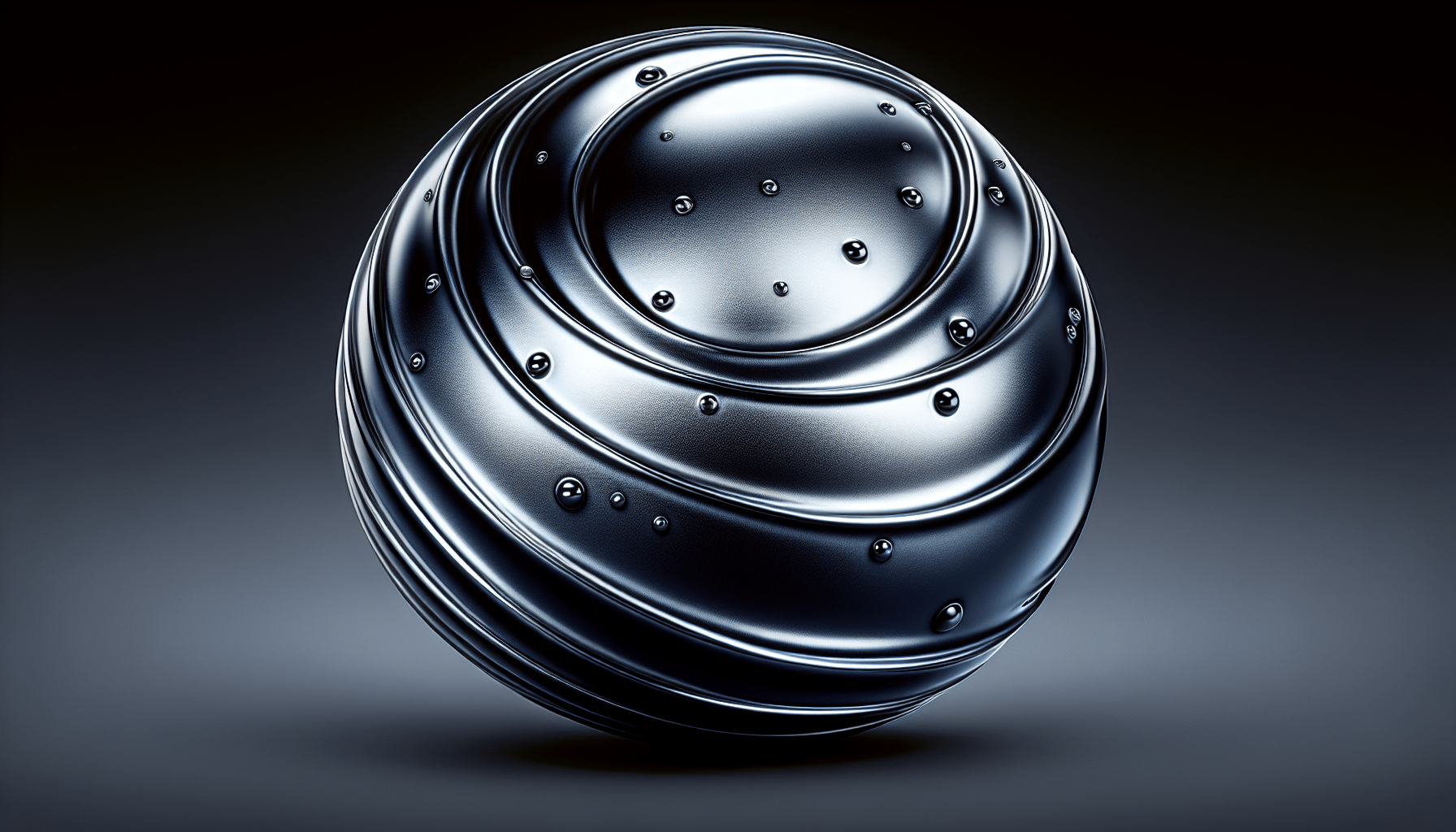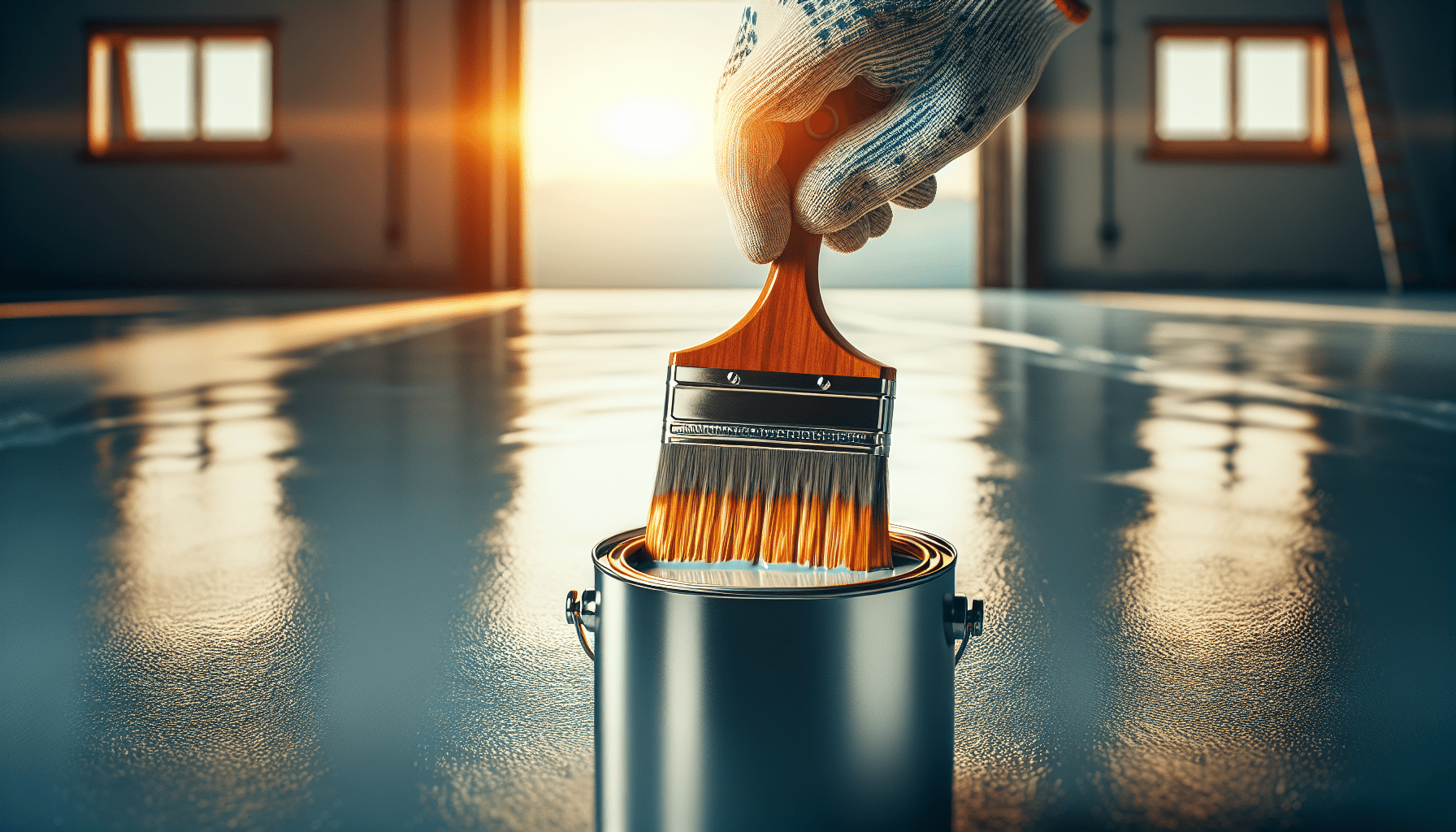In the realm of automotive care, encountering epoxy on car paint can be a frustrating and challenging problem to tackle. Whether it’s a small patch or a larger area affected, knowing the proper techniques to remove epoxy from car paint is crucial in preserving the integrity and appearance of your vehicle’s exterior. In this article, you will be guided through a comprehensive step-by-step process, highlighting effective methods and precautionary measures to ensure a successful removal of epoxy without causing any harm to the underlying paint. Rest assured, by following these expert tips, you will be well-equipped to address this issue and restore your car’s paint to its former glory.
Materials Needed
To effectively remove epoxy from car paint, you will need the following materials:
Heat gun or hair dryer
A heat gun or hair dryer will be used to soften the epoxy for easy removal. Ensure that the heat is not too high to avoid damaging the paint.
Plastic scraper or credit card
A plastic scraper or credit card will be used to gently scrape off the softened epoxy. Be careful not to apply too much pressure to prevent scratching the paint.
Rubbing alcohol or acetone
Rubbing alcohol or acetone will be used to remove any residue left behind by the epoxy. These substances effectively break down the adhesive properties of the epoxy.
Microfiber cloth or sponge
A microfiber cloth or sponge will be used to apply rubbing alcohol or acetone, as well as to clean the area after epoxy removal. Microfiber is ideal for its gentle yet effective cleaning properties.
Automotive wax or polish
After removing the epoxy, automotive wax or polish will be used to restore the shine and protect the paint. These products will also help to maintain the overall quality of the car’s paint.
Preparation
Before beginning the epoxy removal process, it is important to take certain precautions and ensure a safe working environment.
Park the car in a well-ventilated area
To avoid inhaling any fumes from the epoxy or cleaning agents, it is crucial to work in a well-ventilated area. Park the car outdoors or in a garage with open doors or windows.
Put on protective gloves and eyewear
For your safety, it is recommended to wear protective gloves and eyewear throughout the epoxy removal process. This will protect your hands and eyes from any potential chemicals or debris.
Test a small inconspicuous area first
Before applying any heat or cleaning agents, it is advisable to test a small inconspicuous area of the car’s paint. This will help determine if the heat or chemicals may have any adverse effects on the paint.
Softening the Epoxy
To facilitate the removal of epoxy from your car’s paint, you will need to soften it using heat.
Use heat to soften the epoxy
Using a heat gun or a hair dryer, apply heat to the epoxy. Move the device in a circular motion to evenly distribute the heat. The heat softens the epoxy, making it easier to remove.
Ensure the heat is not too high to damage the paint
While applying heat, be cautious not to set it too high, as excessive heat can damage the paint. Maintain a safe distance between the heat source and the car’s surface to find the right balance.
Gently scrape off the softened epoxy with a plastic scraper or credit card
After heating the epoxy, use a plastic scraper or credit card to gently scrape off the softened epoxy. Make sure to apply even pressure but avoid using excessive force that may scratch the paint.
Removing Residue
Once you have successfully removed the epoxy, you may notice some residue left behind. Here’s how to get rid of it:
Dampen a microfiber cloth or sponge with rubbing alcohol or acetone
Take a microfiber cloth or sponge and dampen it with rubbing alcohol or acetone. These substances are effective in breaking down the residue and make it easier to remove.
Gently rub the residue in a circular motion
Using the dampened microfiber cloth or sponge, gently rub the residue in a circular motion. This will help break down the adhesive properties of the residue and loosen it from the paint surface.
Continue until the epoxy is completely removed
Repeat the rubbing motion until the epoxy residue is completely removed. It may take several passes, especially if the epoxy was thick or had been on the paint for a long time. Be patient and persistent.
Cleaning the Area
After removing the epoxy and residue, it is important to thoroughly clean the affected area to remove any remnants.
Wipe the area with a clean, damp microfiber cloth
Take a clean microfiber cloth and dampen it with water. Wipe the entire area to remove any remaining residue or cleaning agents. This will ensure a clean surface for the next step.
Ensure all traces of epoxy and residue are removed
Inspect the area closely to ensure that all traces of epoxy and residue have been removed. Sometimes, residue can be difficult to see, so it is important to check from different angles and lighting conditions.
Allow the area to dry before proceeding
Before moving on to the next step, allow the cleaned area to dry completely. This will prevent any moisture or cleaning agents from interfering with the next process.
Polishing the Paint
Once the area is clean and dry, it’s time to restore the shine and smoothness of the car’s paint.
Apply automotive wax or polish to a clean microfiber cloth
Take a clean microfiber cloth and apply a small amount of automotive wax or polish to it. Make sure to follow the manufacturer’s instructions for application.
Gently buff the area to restore shine
Using the wax or polish-coated microfiber cloth, gently buff the area where the epoxy was located. Apply even pressure and use circular motions to restore the shine of the paintwork.
Continue until the paint has a smooth and glossy finish
Repeat the buffing process until the paint has a smooth and glossy finish. This will ensure that the area blends in seamlessly with the rest of the car’s paintwork.
Final Touches
Before concluding the epoxy removal process, it is important to perform a thorough inspection and make any necessary touch-ups.
Inspect the area for any remaining traces of epoxy
Take a close look at the treated area and inspect it for any remaining traces of epoxy. Use good lighting and different angles to ensure no epoxy remnants are left behind.
Repeat the removal process if necessary
If you notice any lingering epoxy, repeat the epoxy removal process as outlined above to eliminate it completely. Applying additional heat and gently scraping with a plastic scraper or credit card should suffice.
Ensure the entire car surface is free of epoxy before finishing
After completing the epoxy removal process, it is crucial to ensure that the entire car surface is free of epoxy. This will ensure a consistent and aesthetically pleasing appearance.
Preventive Measures
To minimize the chances of epoxy adhering to your car’s paint, there are certain preventive measures you can take.
Avoid parking under trees or in areas with high epoxy exposure
To reduce the risk of epoxy falling onto your car’s paint, avoid parking under trees or in areas where epoxy exposure is likely. This includes construction sites or areas where nearby vehicles may be undergoing epoxy-related work.
Consider using a car cover for added protection
If your car is regularly exposed to epoxy-prone environments, such as parking lots or construction sites, consider using a car cover. A car cover will provide an extra layer of protection against potential epoxy damage.
Regularly wash and wax the car to maintain paint quality
Regularly washing and waxing your car is an effective way to maintain the quality of its paint. The wax acts as a protective barrier, making it more difficult for epoxy to adhere to the surface.
Seeking Professional Assistance
In some cases, epoxy removal may be challenging or the car’s paint may have suffered severe damage. In such situations, it is best to seek professional assistance.
If the epoxy is stubborn or the paint is severely damaged, consult a professional
If you find that the epoxy is particularly stubborn or if the paint has been significantly damaged during the removal process, it is advisable to consult a professional auto body shop. They have specialized equipment and expertise to tackle difficult epoxy removal tasks.
Professional auto body shops have specialized equipment and expertise
Professional auto body shops have access to specialized equipment and expertise in dealing with various paint-related issues, including epoxy removal. They can ensure the best possible outcome and prevent further damage to your car’s paint.
By following the steps outlined above, you can effectively remove epoxy from your car’s paint and restore its pristine appearance. Remember to take proper precautions, work patiently, and seek professional help when needed. With a little effort and care, your car’s paint will be epoxy-free and looking as good as new.


